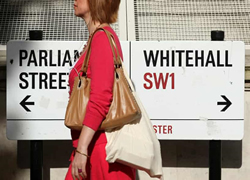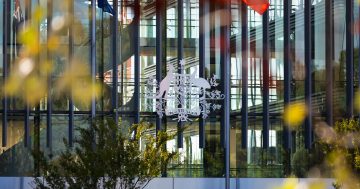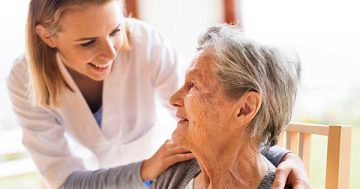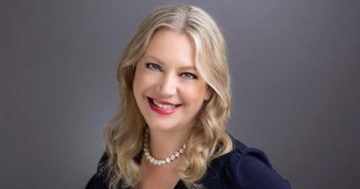 New workforce statistics show that while the United Kingdom Public Service has improved overall diversity, the gender pay gap remains.
New workforce statistics show that while the United Kingdom Public Service has improved overall diversity, the gender pay gap remains.
The Civil Service Statistics 2021 show the representation of female, ethnic minority and LGBO (lesbian, gay, bisexual or those who identify their sexual orientation as ‘other’) in the Public Service has risen.
The average gender pay gap across the Public Service also fell, although women are still under-represented in the highest pay bracket.
A Cabinet Office spokesperson welcomed the new figures.
“We recognise that there’s more to do and we have recently introduced blind recruitment applications, advertising all jobs as flexible and piloting a senior sponsorship team for under-represented groups, including women,” the spokesperson said.
More than half (54.2 per cent) of the Public Service are women, up from 53.8 per cent in 2020, according to the figures.
Representation of women has also increased at senior levels; in 2021, 46.7 per cent of the Senior Civil Service (SCS) were women, up from 45.5 per cent in 2020 and 34.7 per cent in 2011.
This compares favourably with the majority of G20 and European Union nations, according to the Global Government Forum’s latest Women Leaders Index.
However, it remains the case that women are under-represented in the senior ranks of the Civil Service and over-represented at more junior grades.
The average gender pay gap fell from 9.3 per cent in 2020 to 7.8 per cent in 2021 but persists at all levels, the figures show.
The gap differs between Departments and the Crown Prosecution Service Inspectorate has the biggest gender pay gap, with a 27.6 per cent difference in the average salary for men and women.
At the Food Standards Agency, on the other hand, the women’s average salary is £3,410 ($A6,420) more than the men’s.
Of the Public Servants who shared their ethnicity in the survey, 14.3 per cent were from an ethnic minority background — an increase from 13.2 per cent in 2020.
London, 1 August 2021











